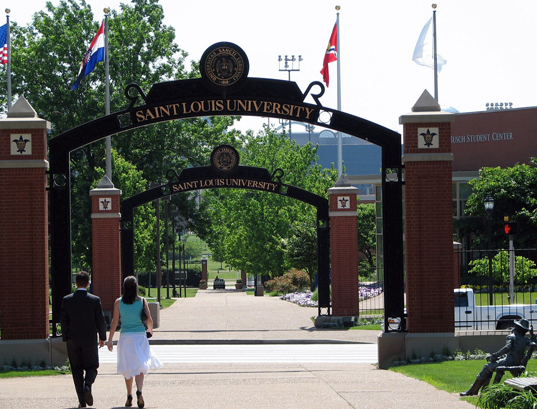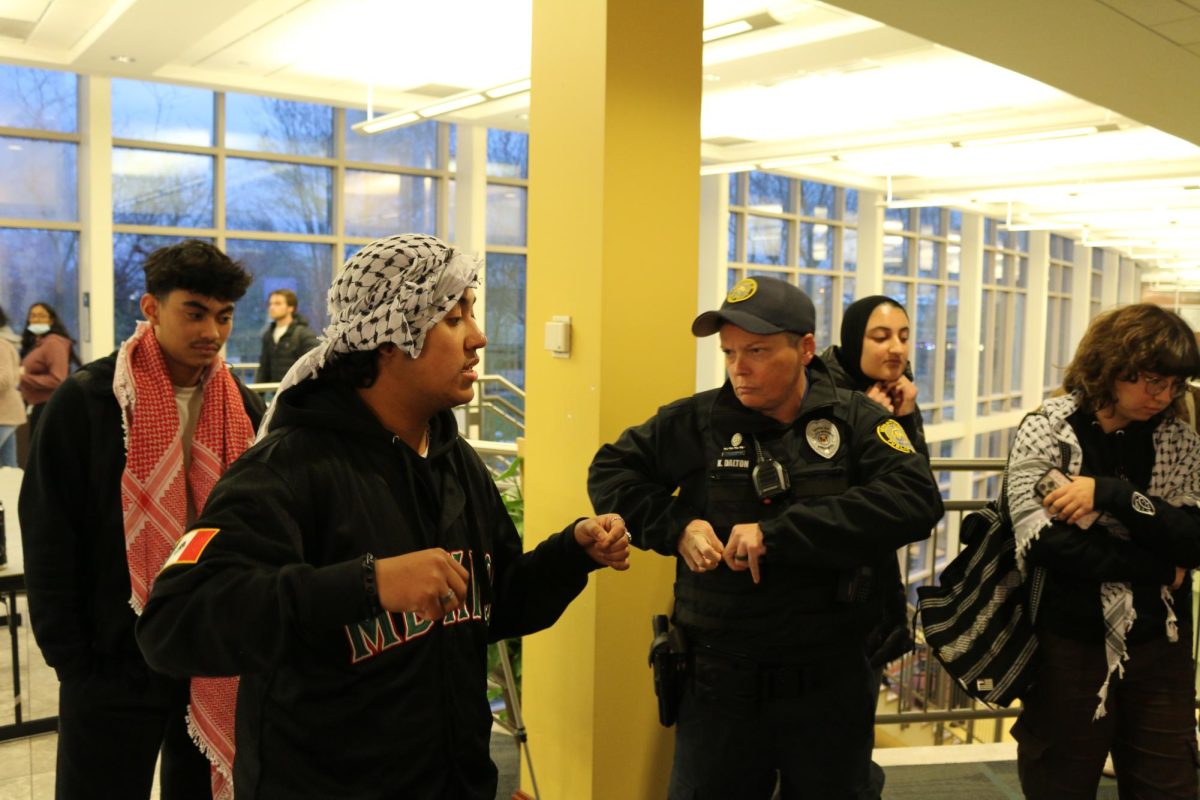
Courtesy of Michelle Peltier
In 2018, Saint Louis University will celebrate its bicentennial—200 years of Jesuit education in Missouri. And, as SLU moves closer to 2018 and its 200 year anniversary, administrative leaders, along with other members of the university community, are beginning to prepare SLU for not only this momentous occasion, but for the future as well.
“The President has asked a representative of faculty, staff, and student representatives to lead an effort to examine the environment in which SLU operates, assess its impact on the University, and identify the most appropriate strategic responses as the institution moves forward,” said Kent Porterfield, Ed.D, Vice President for Student Development, and Dr. Joe Weixlmann, professor of English at SLU. The two are co-chairs of the university’s Strategic Planning Process.
The Strategic Planning Process is a yearlong, university-wide strategy that University president Fred Pestello and the rest of the administration see as crucial to SLU’s continued legacy as a top Catholic research institution. The planning process encompasses many aspects of the university community, and the process will be run by the Strategic Planning Steering Committee composed of representatives from various facets of the university. This committee will be aided in an advisory capacity by a group of more than 70 university members, called the Strategic Planning Assembly.
“The process is governed by a set of Guiding Principles that promote transparency, broad participation, and innovation as the process proceeds,” Porterfield and Weixlmann said. “The Strategic Planning Steering Committee will implement a structure and process that emphasize participation at every step as the plan develops.”
And while—as Porterfield and Weixlmann stress—participation in what goes into the plan is encouraged for every member of the university, the Planning Steering Committee and Strategic Planning Assembly have the role of actually putting the plan together, a power that required careful consideration on the part of the administration as to who would be a member of both the Committee and the Assembly.
“The President considered the many groups with an interest in SLU’s future success and selected a representative cluster of individuals who represent the University’s interests to serve on the Strategic Planning Committee,” Porterfield and Weixlmann said. “[as for the Strategic Planning Assembly] … In mid-August, the President convened a retreat involving representation from across the University. The attendees were invited based on their leadership positions, and included the University’s executive leadership, academic deans and directors, faculty assembly and staff council leaders, and representatives from student government … This group will continue to function throughout this year’s process as the Strategic Planning Assembly, with major responsibilities for ensuring that input from the University is integrated into a coherent plan.”
But while the leaders of the planning process are already selected, Porterfield and Weixlmann stressed that for the plan to be a successful blueprint for the University’s future, participation at every level is a must.
“The commitment to an open, participative approach to developing the plan is absolute, as reflected in the Guiding Principles,” Porterfield and Weixlmann said. “We will hold town hall meetings, meet with a wide range of groups such as the Council of Academic Deans and Directors [and] the SGA…and interview key leaders—all of this in the initial effort to identify major themes that should be developed in the plan.”
For that matter, it is impossible to say with certainty what will be included in the plan since the process has yet to develop fully.
“It is, however, reasonable to expect that there will be elements that deal with the Jesuit identity and university mission; academic excellence and research; student interests; University responsibilities to the local, regional, and global communities; and efficient use of the resources that are available to support SLU’s mission,” Porterfield and Weixlmann said.
The Strategic Planning co-chairs also stressed that ambitious plans like this need to be flexible; the plan might need to adapt from the 2015 report as future needs necessitate.
“A key planning document will be generated in May 2015 that will culminate the expansive planning work of the 2014-15 academic year,” the co-chairs said. “But we also recognize that the environment in higher education is constantly changing and change is coming more rapidly than ever before. Thus, planning must be flexible and adaptable in order to be successful.”






